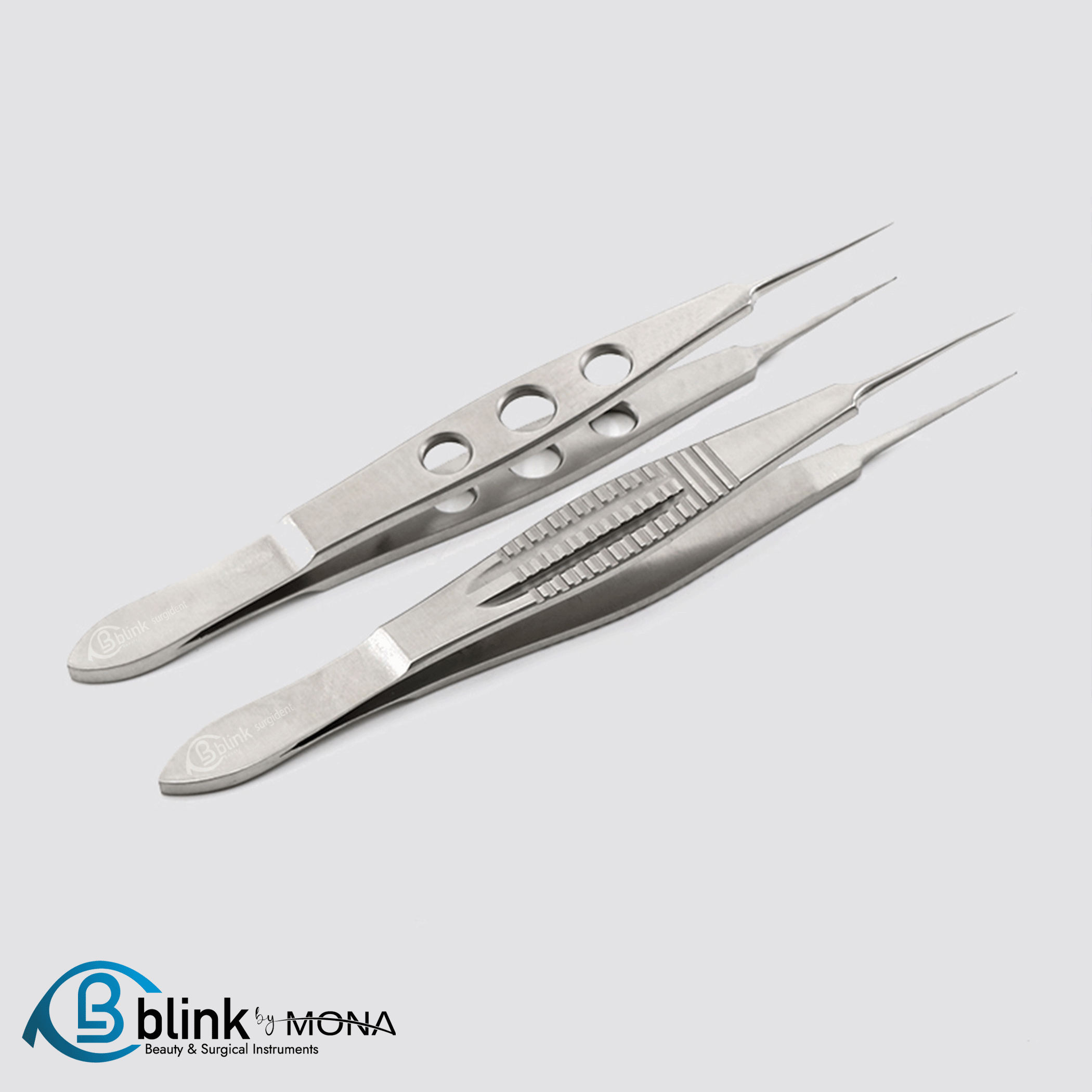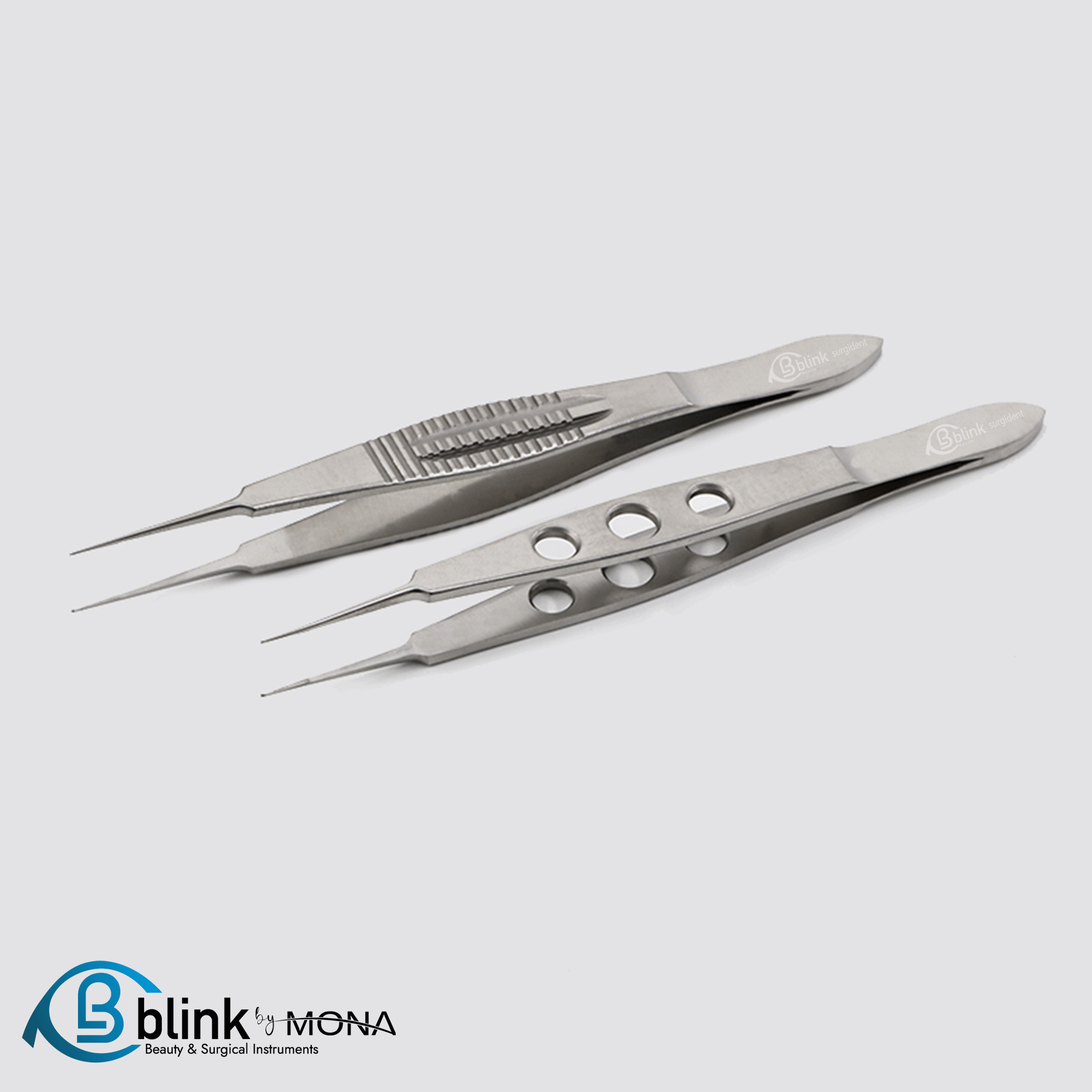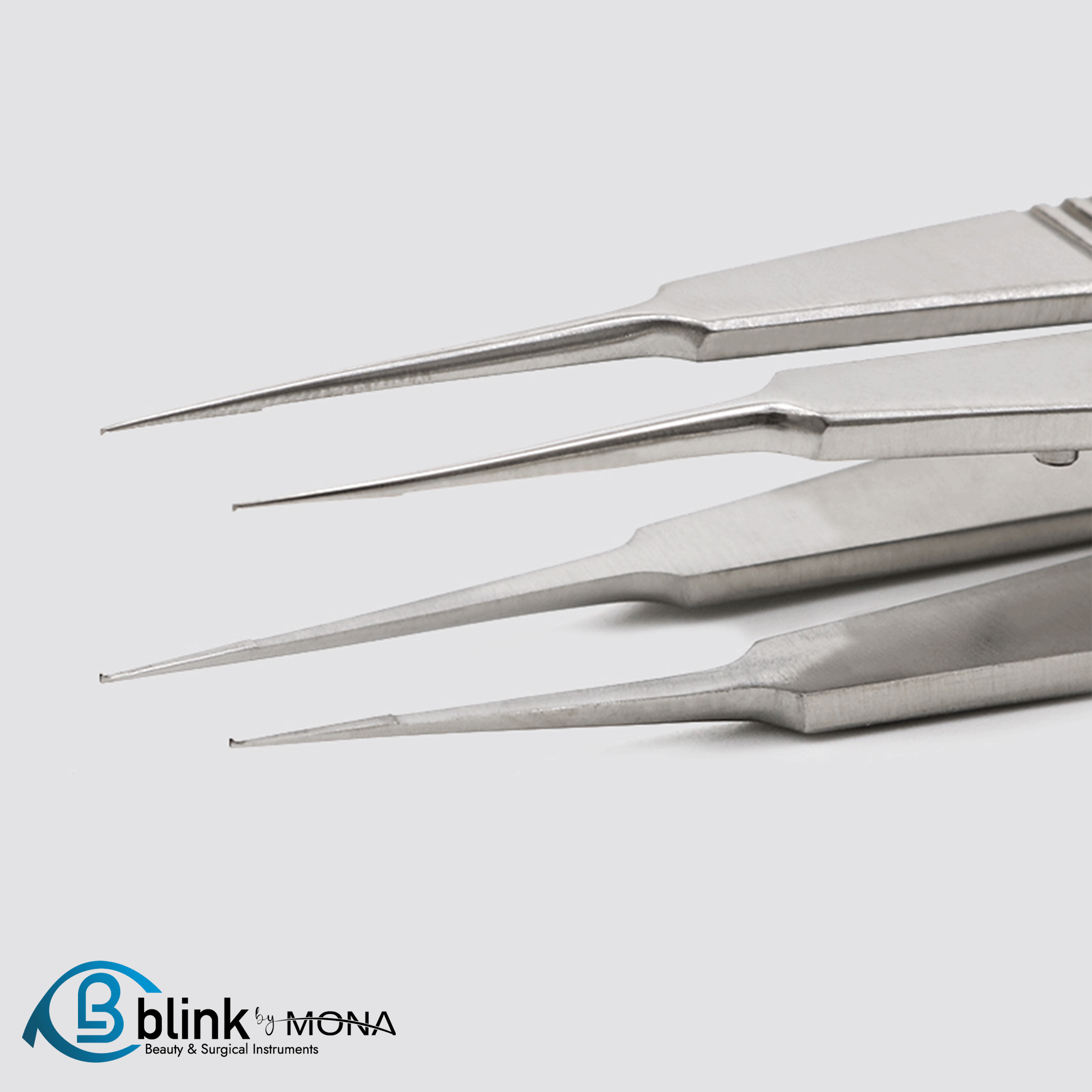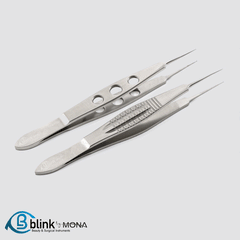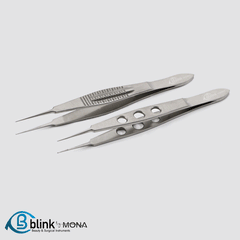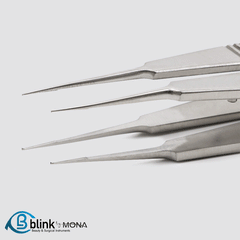Microscopic forceps are essential tools in ophthalmic surgeries, enabling precise and delicate manipulation of tissues and small structures. These specialized instruments come in a variety of shapes, sizes, and designs, tailored for different surgical needs. To understand the role of these tools, it's important to look at their basic structure. Microscopic forceps consist of two arms that meet at the tip, with serrated or toothed jaws designed for gripping tissues or objects. The arms can be straight or curved, depending on the intended use, and they vary in length and width to accommodate different parts of the eye.
A commonly used type of microscopic forceps in ophthalmic surgery is the straight microforcep. As the name implies, these instruments have straight arms that meet at a sharp tip, with tips that may be either fine or ultra-fine depending on the specific procedure. Straight microforceps are ideal for grasping delicate tissues, such as the conjunctiva or membranes, during surgeries like corneal transplantation or cataract surgery. The toothed design ensures a secure grip on tissues without causing excessive trauma, which helps reduce bleeding and minimizes scarring. This leads to better patient outcomes and faster recovery times.
One such example is the BlinkByMona Ophthalmic Microscopic Forceps Straight Surgical Instrument 1×2 Toothed. Made from high-quality stainless steel, this forcep is manufactured in Jiangsu, China, under the Jianfeng brand. It measures 10.7 cm in length and is designed with corrosion and wear resistance in mind, along with a non-slip handle for a comfortable grip and an anti-collision design. It’s commonly used in ophthalmic surgeries and offers customizable logos, reflecting its versatility and premium quality.
Another critical application of microscopic forceps is in intraocular surgeries, where precision is essential. During procedures like vitrectomy, surgeons use an intraocular microscope to magnify small structures within the eye. In such cases, toothed microscopic forceps provide a reliable means of handling delicate retinal tissue with minimal disruption. Additionally, these forceps are useful for suture tying during surgeries like orbital decompressions or eyelid reconstructions. The fine tips allow for efficient knot-tying, even in confined spaces, making them invaluable in ophthalmic procedures.
Proper care and maintenance of microscopic forceps are vital for their longevity and precision. These instruments must be thoroughly cleaned after each use to prevent residue or debris from building up, which could affect their functionality. It's also important to inspect the instruments before use to check for any damage or wear. With their versatile toothed design, microscopic forceps, like BlinkByMona, play a key role in ophthalmic surgeries, allowing for meticulous tissue manipulation without causing unnecessary trauma. Proper handling and maintenance are key to ensuring these instruments perform effectively, making them an indispensable component in any ophthalmic surgical toolkit.
